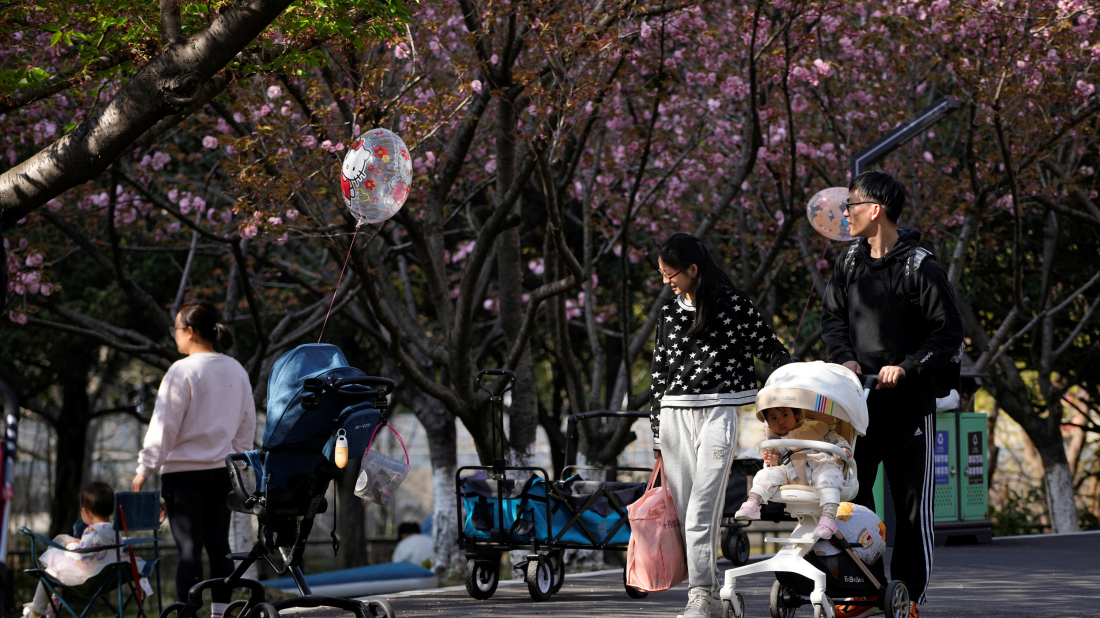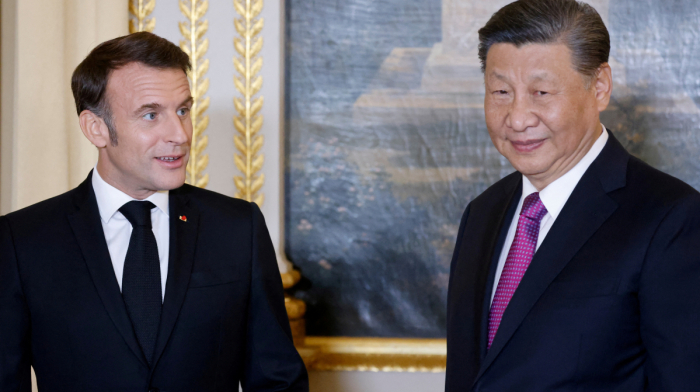In response to China’s record low birth rate of 6.39 births per 1,000 people in 2024, local governments are rolling out a series of initiatives aimed at reversing the demographic decline that has raised alarms about the country’s economic and social stability. These measures, detailed in recent gove
A Demographic Turning Point
China's population challenges stem in part from its one-child policy, which was implemented in 1980 and only fully abolished in 2015. The long-term effects of the policy have contributed to a shrinking workforce, an aging population, and declining school enrollments, leading to significant concerns about the nation’s future growth and productivity.
Incentives to Boost Birth Rates
Recognizing the urgency of the issue, local authorities have introduced measures to alleviate the burdens of parenting and encourage families to have more children. Key strategies include:
- Financial Support: Subsidies for families, tax breaks for businesses offering extended parental leave, and broader insurance coverage for parenting-related expenses.
- Extended Leave Policies: Expanding both maternity and paternity leave allowances to provide parents with more time to care for their children without fear of professional repercussions.
- Childcare Services: Increasing investment in public childcare facilities and testing universal childcare programs to make early childhood care more accessible and affordable.
- Healthcare Improvements: Offering free disease screening for newborns and strengthening oversight of parental leave policies to ensure they are implemented effectively.
These policies aim to address the primary concerns cited by families, such as financial strain, insufficient childcare options, and career sacrifices, particularly for mothers.
Public Response and Expert Opinions
The new initiatives have been met with cautious optimism. Many see them as a step in the right direction, signaling a genuine effort by local governments to tackle practical issues faced by families. However, experts caution that such measures alone may not be enough to reverse the trend.
“While these incentives are commendable, they need to be part of a broader strategy that includes tackling income inequality, improving housing affordability, and reforming healthcare,” said Zhang Wei, a professor of sociology at Peking University. “Addressing systemic challenges is key to changing public attitudes toward parenting and building long-term confidence in family life.”
A Look Ahead
The success of these measures will take years to assess, but they represent a proactive approach to a demographic crisis that has far-reaching implications. If these policies gain traction, they could serve as a model for other countries facing similar challenges.
China’s ability to adapt to its shifting population dynamics may ultimately determine its future economic trajectory and social cohesion. For now, the country’s local governments are taking the lead in reimagining what support for families can look like in the 21st century.



















What is your opinion on this topic?
Leave the first comment